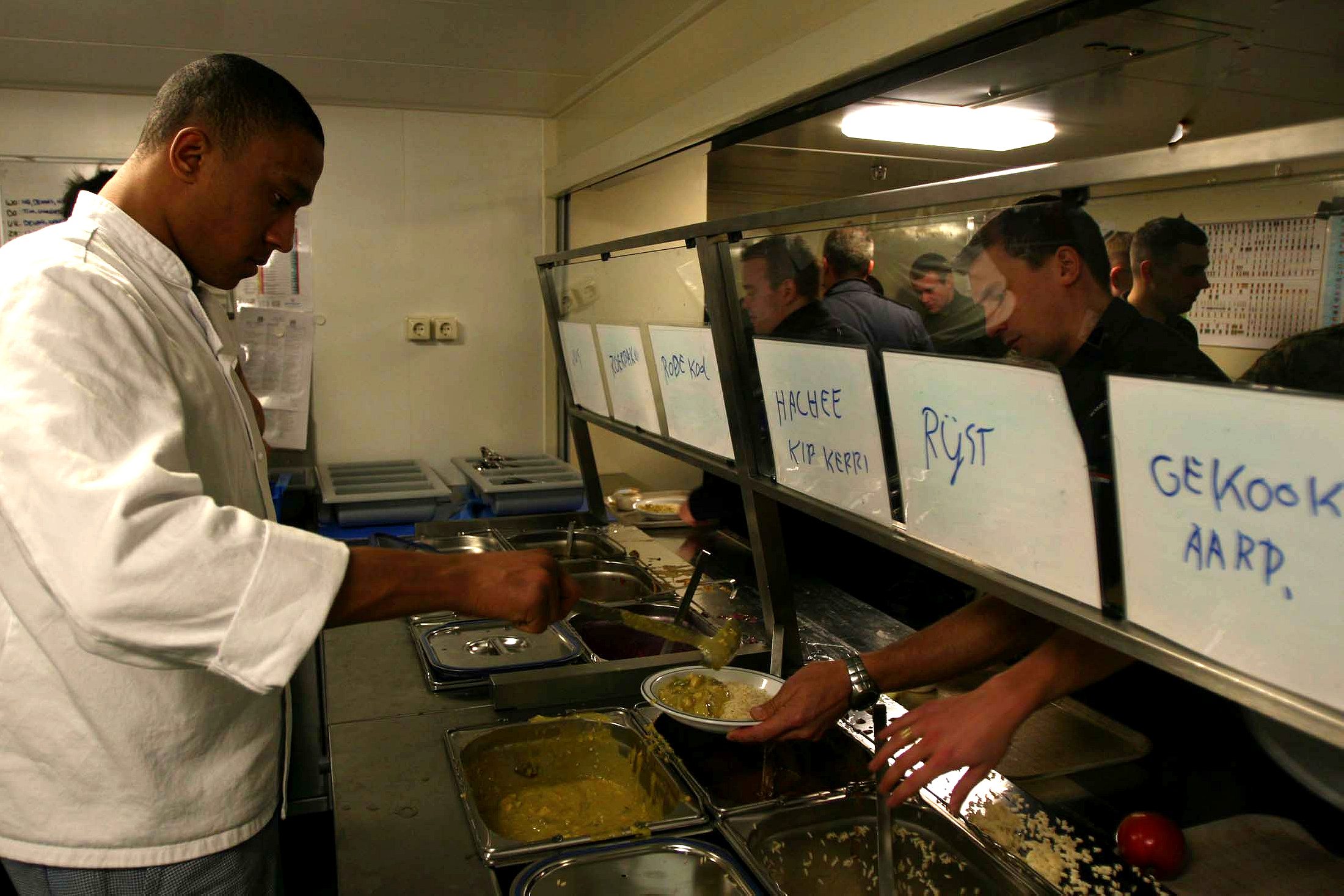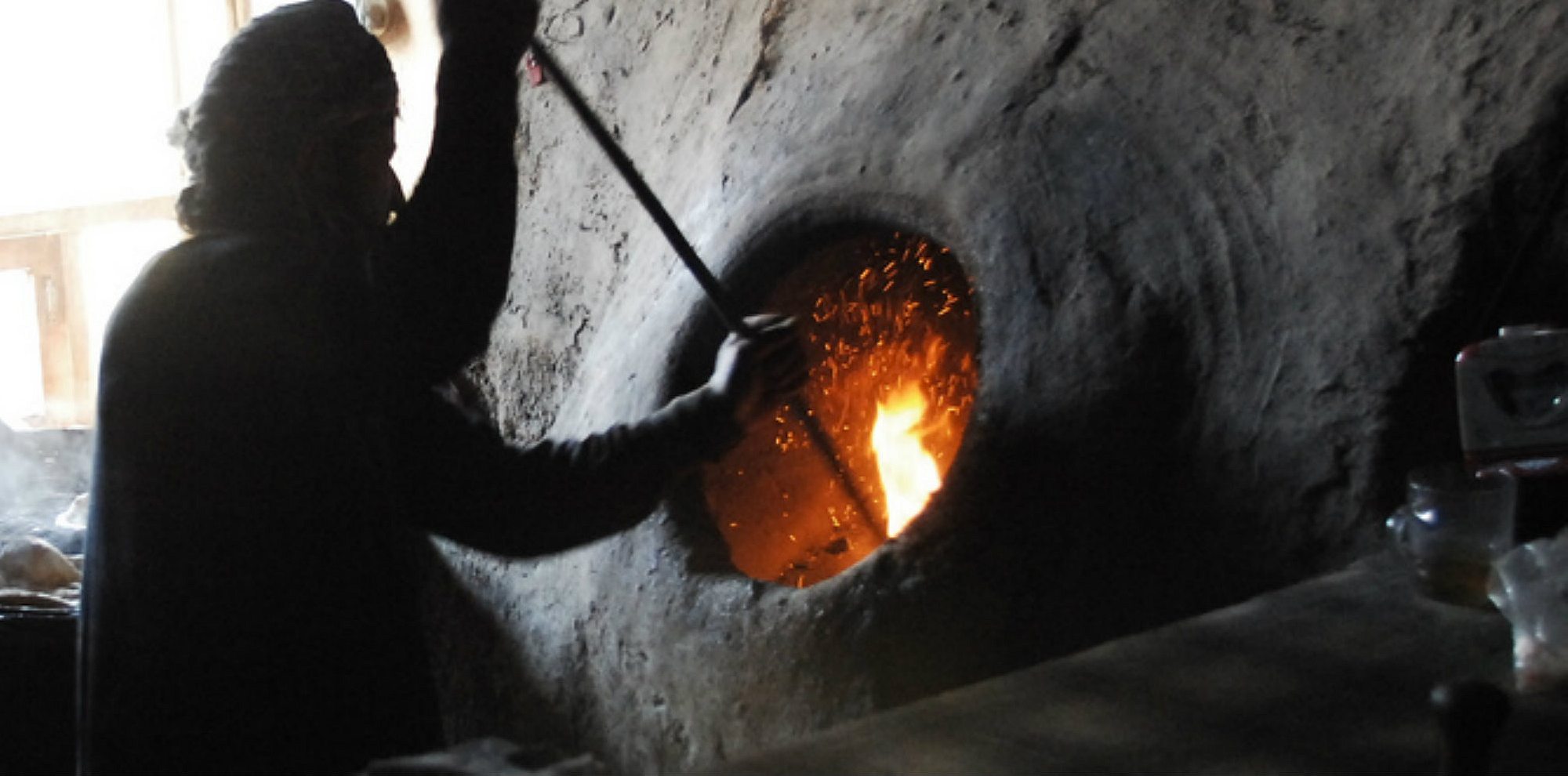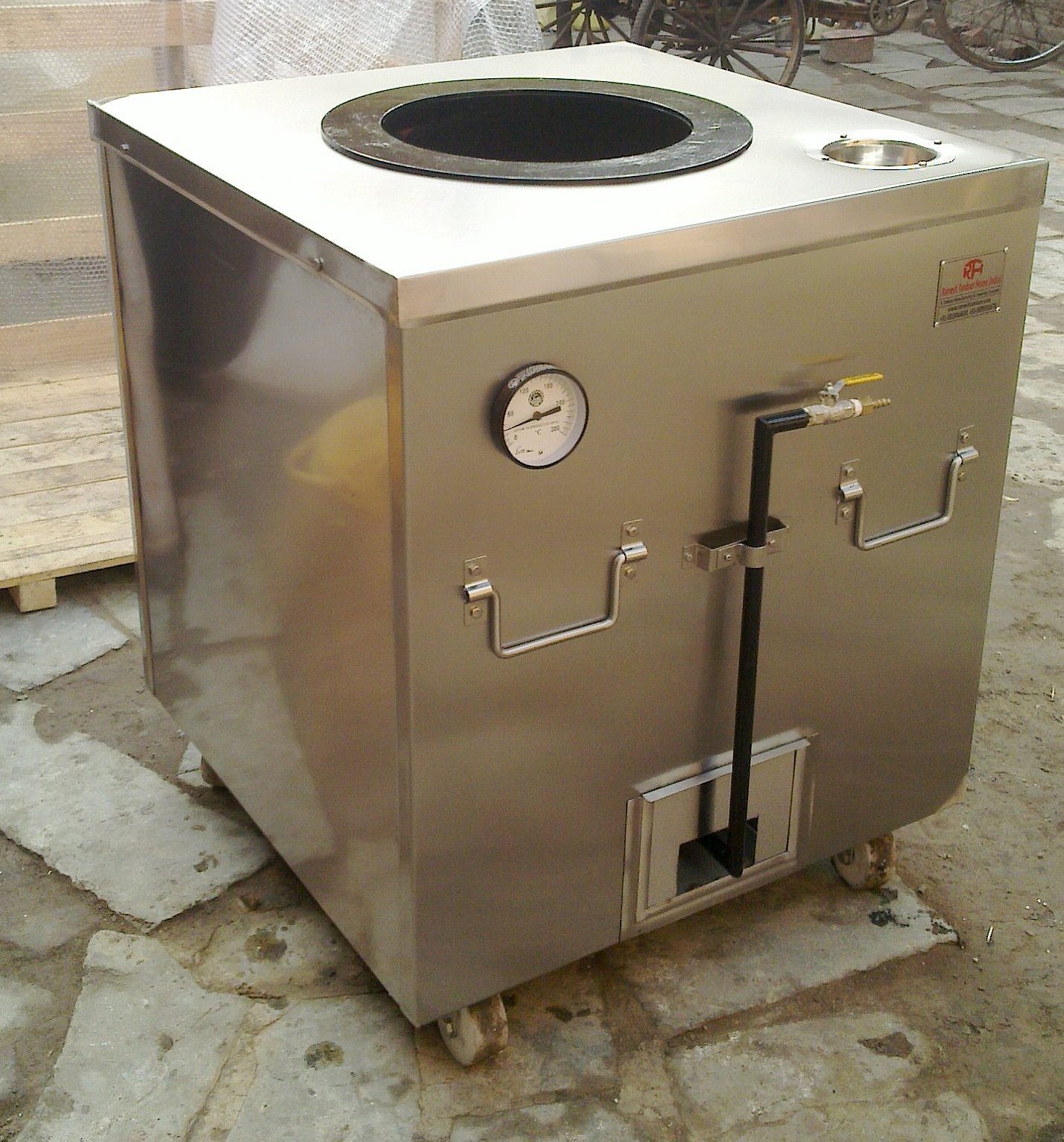Glaswegians claim to have invented the iconic British-Desi dish. But so do Newcastlers, Punjabis and Uttarpradeshis. Who is telling the truth?
Sometime in the groovy ‘70s, so the story goes, a Glaswegian wandered into a restaurant called Shish Mahal. That wouldn’t itself be remarkable nowadays, when grubby and predictable yet satisfying curry and kebab shops dot every major British street, making up a major part of the nation’s late night and hangover offerings. But forty years ago, Shish Mahal was a hip place, with smart, coiffured waiters and a line stretching down the block. Part of the gradual ‘60s opening of British cuisine to global and actually palatable food, the restaurant was fashionable with the young and in-the-know of the town. But not everyone in the nation was yet familiar with South Asian food, including this particular Glaswegian patron.
He ordered a chicken tikka. And when, after a spell, he was presented with a platter of spiced, marinated chicken, chopped and unadorned, he gave the plate right back to the waiter. It was too dry for him, he said. In Britain, meats need gravy or some sort of sauce, or else what’s the point. Upon hearing this, a flustered Bangladeshi chef back in the kitchen, Ali Ahmed Aslam, pulled out a can of Campbell’s tomato soup, some spices, and yoghurt, and created chicken tikka masala, a distinct and blatant fusion of British and Desi tastes and traditions, hailing from Britannia.
That’s the accepted story of chicken tikka masala, retold in anecdotes and articles time and again. It’s such an article of faith—Ali Asif, the current manager of Shish Mahal, affirms its authenticity—that five years ago, in 2009, it even became the basis of a parliamentary campaign to obtain European Union Protected Designation of Origin status for the dish. A recognition of unparalleled ingredients, knowledge, heritage, or other cultural or technical factors, these designations mark out those cuisines which are quintessential and unparalleled representations of a nation’s food and peoples. So in launching the movement, the then-Glaswegian Member of Parliament (and the first Muslim MP in Britain) Mohamed Sarwar sought to place chicken tikka masala on the same playing field as Arbroath Smokies, Cornish Clotted Cream, Melton Mowbray Pork Pies, and Welsh Lamb. He was also trying to mark out a space for the official recognition and appreciation of a unique and ubiquitous British culture: that of the increasingly numerous South Asian migrants and their descendants, with feet planted firmly, if to varied degrees, in the Isles and in the Subcontinent. Too bad for him, chicken tikka masala turned out to be a contentious and flighty peg to hang this heavy task upon, and the story itself—the one I just told you about—turned out to be bollocks.

None of that mattered at first. Folks in Glasgow rallied behind the campaign. Although when I asked him, Asif claimed that he was, “never, to be honest, that interested in [EU] Protection,” in 2009 he was deeply into the effort, having suggested back then that “we could call it, ‘Glasgow Chicken Tikka Masala,’ or even ‘Shish Mahal Chicken Tikka Masala.’” Eventually the case even drew national support and international media. But governmental officials politely rejected it when the House of Commons tabled the motion. Though Sarwar kept talk of the dish and its status alive for a time, now he’s departed the UK to become the new governor of the Pakistani province of Punjab. His son, Anas Sarwar, who took over his father’s parliamentary seat in 2011, is aware of the legend. But, as a representative from his office told me, “it’s not an issue now.”
It’s not hard to see why the campaign didn’t go very far in practical terms. Most of the processes involved in making chicken tikka masala are too distinctly Indian, not fusion or Glaswegian enough. The use of tandoor ovens goes back at least 5,000 years, and the creation of boneless tikka cutlets dates to the time of the first Mughal emperor and noted medieval foodie, Babur, who imported his culinary loves and peccadillos from his homeland in Central Asia’s Ferghana Valley. Various spices and marinades developed on top of those basic technical innovations from the 15th century onwards. As it was only the spicy sauce the Glaswegian story could lay claim to, and given that the myth of the sauce involves tinned soup—hardly unique heritage or great skill—there was little grounds to support designation, especially when so many hands had been in the dish over thousands of miles and hundreds of years. It didn’t help, either, that when the dish was being presented for consideration there were almost 50 commonplace and vastly different recipes for chicken tikka masala circulating in the UK alone, sharing only chicken in common. The common definition of chicken tikka masala can only extend safely about as far as a spicy, saucy cutlet dish.
INDIAN CUISINE HAS BEEN GRAFTING ITSELF INTO THE ESSENCE OF BRITISHNESS SINCE THE UK’S FIRST CURRY JOINT OPENED IN 1809
But it’s also not too hard to see why there was so much support for the Protected Designation of Origin movement at the time, and why there is still so much interest in the origins of the dish. Indian migration and its attendant cuisine has been grafting itself into the essence of Britishness since 1809 when the UK’s first curry joint, the Hindoostane Coffee House, opened under the auspices of one of Britain’s earliest purveyors of South Asian culture: the Mughal courtier, Raj soldier, British dandy, surgeon, traveller, and entrepreneur Sake Dean Mahomed. That slow fusion kicked into gear at the end of the ‘50s with droves of immigrants from post-partition India and Pakistan streaming into the country. Despite South Asian food’s obscurity as late as the turn of the ‘70s, by 1983 chicken tikka masala, the poster child of the cuisine, was turned into a pre-made dish at the prominent British supermarket Waitrose. By the end of the year it was already the most popular dish in the nation.

Twenty years later, South Asian food and chicken tikka masala especially had worked itself so deeply into British culture that it was becoming synonymous with what it was to eat British food. In 2001, British Foreign Secretary hailed chicken tikka masala as a unique British innovation and the country’s true national dish. That’s absolutely believable given that, by 2009 Brits were consuming 25 million portions (2.5 billion pounds) of chicken tikka masala per year and 65,000 people were employed cooking and serving it. And that was just one-seventh of all the curries served in the nation. Syed Belal Ahmed’s Taste of Britain Curry Festival, hosted in Kolkata, India, in 2010, showcased over 50 distinctly British Indian dishes. Now there’s a yearly National Curry Week in Britain, a musical number written about chicken tikka masala by a nightclub owner from Newport, Gwent in Wales, and even a tinned version sold by Heinz, everyone’s number one source for goopy baked beans that make up a good part of a Full English Breakfast.
When it comes in a Heinz tin, that’s when it’s time to start seriously considering how to fit a foreign-born, local-raised dish and the culture that created it into a nation’s mythos and conception of its everyday identity. And especially in the era of the UK Independence Party, resurgent skinhead tendencies, and a general quandary about the future of the country and the swelling foreign-born population propping up its cities, financial institutions, and white collar class, that involves a lot of hand-wringing, pinning down origins, and vocal discussion. Rather than just consume, there’s a deep need to understand where the dish comes from, why it now forms a cornerstone of the nation’s food heritage, and how to conceive of it—as foreign or local or a hybrid or something else—in the changing British culinary and ethnic landscape. “In the many years I have been dealing with all things curry,” says British food historian and South Asian cuisine specialist Peter Grove with some exasperation, “chicken tikka masala must have occupied a fair portion of my time.”

Unfortunately all of this discussion doesn’t go on in a vacuum. The British attempts to claim chicken tikka masala for their own have been heard in India, and they have raised ire. Rahul Verma, a New Delhi street food expert, bluntly rejects the Shish Mahal story, claiming to have tasted chicken tikka masala in Uttar Pradesh or the Punjab earlier in the 1970s. Hemanshu Kumar of the website Eating Out in Delhi, has gone on record calling out the silliness of the designation campaign, and offered an alternative origin for the dish in a recipe from the 1961 edition of Balbir Singh’s Indian Cookery. And Zaeemuddin Ahmad, a chef at New Delhi’s Karim Hotel, which was established by the last Mughal emperor, Bahadur Shah Zafar, claims that his family invented the recipe for chicken tikka masala many, many years before all of this. The general consensus being that Sarwar’s Glaswegian campaign was anything from absurd to offensive and imperialist, pillaging South Asia’s culinary culture in a type of aggressive culinary neo-colonialism. This naturally had some bearing in the press coverage and national discussion of chicken tikka masala from 2009 onwards.
But the biggest problem for Sarwar’s campaign, and for any attempt to pin down the origins of chicken tikka masala to write it into the story of British food, is that the Glaswegian origin story is definitively a crock of shit. The real origins of the dish are incredibly diffuse. “Many chefs have claimed to have ‘invented’ [chicken tikka masala], but it was certainly not Ali Ahmed Aslam of Shish Mahal,” says Grove. “The restaurant did not open until the ‘60s and there was already a Glasgow claimant in the shape of Sultan Ahmed Ansari, who owned Taj Mahal and claimed to have invented it in the late ‘50s.” But more than just the fact that there’s an earlier Glaswegian tale of CTM [chicken tikka masala is so ubiquitous that it has its own acronym], the very story of the fussy patron and the tomato soup was pure drunken invention. “Along with Iqbal Wahhab, now of Roast Restaurant, I started the urban myth of CTM being tikka with added Campbell’s tomato soup and spices for a joke,” admits Grove. “Yet somehow it has become accepted as the official explanation the world over.”
THE CONSTANT SEARCH FOR A COMPELLING ORIGIN STORY LED GROVE TO MAKE UP THE TALE
Grove seems to suggest that it was the constant search for a definite and compelling British origin story—something that would adequately situate and fuse chicken tikka masala into the nation—that drove him to make up the tale. “The reason Wahhab and I created the CTM myth was because we were continually being asked by journalists from all over the world just what CTM was and they did not seem happy with the truth,” says Grove. He then quickly added, “I have to admit a couple of bottles of wine urged us on.”

That truth that journalists, chefs and commentators found so hard to swallow was that the origins of the dish are just far too obscure to say anything definite. “Some say Glaswegian origin and others say it’s from Punjab or Uttar Pradesh over the past 50 years as an accidental and then refined dish,” says Grove. Aside from Glasgow, all of the other major curry towns of Britain put a claim on chicken tikka masala, including Birmingham, London, and Newcastle. “It has also been claimed by people as wide apart as a famous Bengali musician whilst working in Birmingham and the descendants of a top Indian hotel chef who claims it was a Mughlai dish,” he adds, referring to Ahmad of the Karim Hotel. At the very least Grove believes he can pin down the ancestral dish from which chicken tikka masala grew: butter chicken, introduced at the Moti Mahal in New Delhi in 1948. This would not have made it to the United Kingdom until the late ‘50s when the first restaurant tandoor was installed at Veeraswamy in London. But beyond that—whether it’s a British or an Indian dish, when and where it was invented, or whether it was perhaps invented multiple times across the world—it’s all unclear.

A betting man’s money would be on the simultaneous emergence of a new dish across the world, taking on a particular form in the UK because all the chefs there were reacting to similar cultural pressures. Chefs across the country learned of and adopted the Moti Mahal butter chicken and, as Grove explains, knowing British tastes for gravies and expectations of brightly colored ethnic food, they all put their twists on the recipe. The same thing happened with chickens balti, madras, and phal, while the same pressures led to British variations in chickens korma, rogon josh, and vindaloo. The southern English chefs, mainly hailing from India or Bangladesh, put one twist on the recipes filtering in from South Asia, while the Kashmiri chefs in the Midlands and Pakistani chefs in northern England and Punjabi and Bangladeshi chefs in Scotland all did their own modifications as well. This is why, explains Grove, there is no one recipe for chicken tikka masala. As a dish, it was “one of those things that evolved when conditions were right,” he says, eventually all converging onto the same very generic, inoffensive name—spicy chicken cutlet—out of convenience and national conversation.
The journalists who pressured Grove into making up the story of the Campbell’s soup are right about one thing: it’s not an extremely satisfying answer. At least not when one is trying to claim a food, or write its history to fuse it into the culinary and cultural mythos of their home country. Something so diffuse, with so many vectors crossing oceans and ages, cannot be claimed. For those who want a parable of the fusion of British and South Asian cultures into a unique entity, definitively different from traditional British heritage but still firmly rooted in the hearts, minds, and tastes of the UK, it’s a severe letdown. But perhaps it’s better this way. After all, if the UK is to become a nation with a massive foreign-born population, it might be best to embrace the notion of culinary traditions evolving in a perpetual conversation across the world, of infinite multiplicity, of foods belonging to no one city or niche, but being no less British, nor less Indian for all of that. Or maybe it’s a good excuse to scrap the whole tricky, heavy, and sometimes downright silly conversation. Because in the end, one doesn’t need any of that at all to enjoy some saucy mystery meat at three o’clock in the morning.
[Header image: Chicken Tikka Masala by nwflightdesign, used under CC BY 2.0]